A company offsite is a powerful way to galvanize your team away from day-to-day noise and the limits of the office. Used well, team offsites align strategy, strengthen relationships through team-building, and create momentum and ROI that you can feel when everyone gets back to work. Research keeps pointing to why this matters: in-person asks land far better than emails (a face-to-face request is 34× more successful than an email), and highly engaged teams are consistently linked with better business outcomes, including higher productivity and profitability. Harvard Business Review
Offsite vs. management meeting
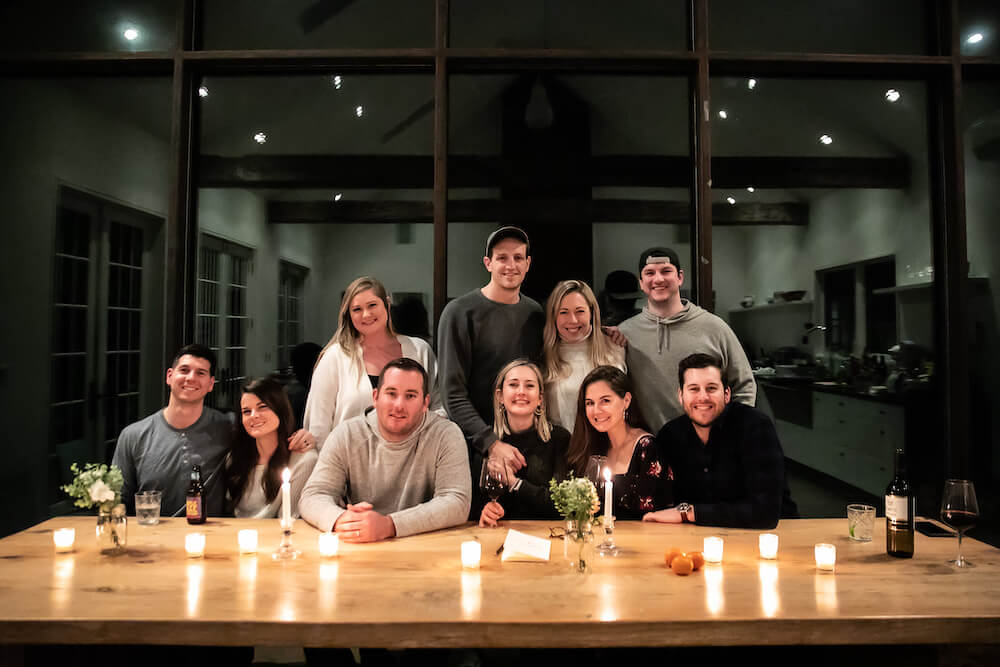
Management meetings handle short-term issues. Offsites zoom out to the 6–18 month horizon: vision, priorities, and the behaviors that will get you there. HBR suggests designing offsites around a few outcome-oriented questions—how you want people to feel, the blockers to address, and the one behavior shift you’ll make stick—so the event becomes a catalyst, not just a longer meeting. Harvard Business Review
Offsite vs. retreat
They overlap, but they’re not identical. Offsites are primarily work with a little play; retreats flip that mix. The ideas below assume a work-first offsite—with enough space for people to connect like humans outside of the conference room.
The event planning for both is also similar as well. A successful offsite is usually a “getaway” of sorts away from the rigours of the day-to-day; but still focused on specific objectives like a corporate event.
Whereas a retreat, is usually larger groups, has outings or excursions and focuses on team morale and team bonding.
1. Adventure and team sports
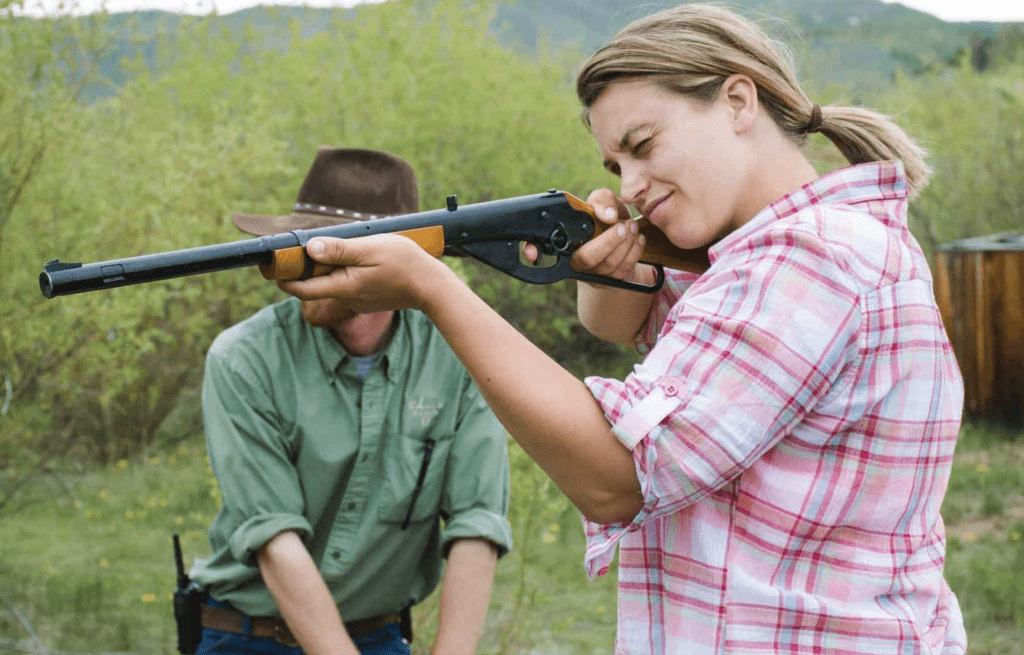
Best for: trust building, cross-functional bonding, energizing a new or rapidly growing team.
Why it works: Novel, shared challenge flattens hierarchy and fast-tracks camaraderie.
Case study snapshot — Hiro Systems:
Hiro used a surprise, Survivor-style island challenge in Mexico. Executive Operations Manager Lauren Satnick deliberately held back details to build anticipation; when the reveal hit, the team snapped into collaboration mode—navigating tasks, cheering wins, laughing off missteps. The shared story still binds the group months later and is a absolute winner in the employee experience handbook.
Data-backed tip: Build in short “walk and talk” breaks between physical and work blocks. Controlled experiments show walking boosts creative ideation during and shortly after the walk—an easy win for problem-solving on the fly. American Psychological Association
2. Professional development workshops
Best for: leadership alignment, skill uplift, change readiness.
Why it works: People practice the behaviors you want to scale—curiosity, candor, decision-making—then carry them back to the business.
Case study snapshot — AQai (Leadership Bootcamp):
AQai trains for adaptability, not just talks about it. Their bootcamps blend design-thinking drills, resilience training, small-group coaching, and reflective debriefs. As Partner Success Director Scott Rencher puts it, the aim is “novel experiences that open up our minds and help us develop psychological safety.” Attendees leave with playbooks—and a shared language for change.
Data-backed tip: Tie each workshop to one visible “from/to” behavior shift. HBR’s offsite guidance recommends keeping the agenda anchored on a small number of blockers and one behavior change you’ll reinforce after the event. Harvard Business Review
A LinkedIn report revealed that 94% of employees would stay at a company longer if it invested in their career development.
Not only that, but upskilling your team makes them more effective in their roles, as it helps them think about problems differently. A more skilled employee or leader is better-equipped to respond to challenges and be more productive.
3. Volunteering and CSR initiatives
Best for: purpose, boost morale, and meaningful connection.
Why it works: Service reframes time together—it’s still teamwork and timeboxing, but the outcome matters to someone beyond your org.
Case study snapshot — Fairmarkit:
During a Mexico offsite, teams competed to assemble bicycles—then local children arrived to receive them. “It literally brought tears to our eyes,” said VP of People Karishma Barua. The CSR moment fused play with purpose and left the group proud of what they built together.
Data-backed tip: Close with a shared debrief on why the work mattered. Engagement is tightly linked to outcomes (retention, safety, productivity); connecting daily roles to purpose is one of the most consistent drivers Gallup sees in high-performing teams. Gallup Advise
4. Cultural immersion trips
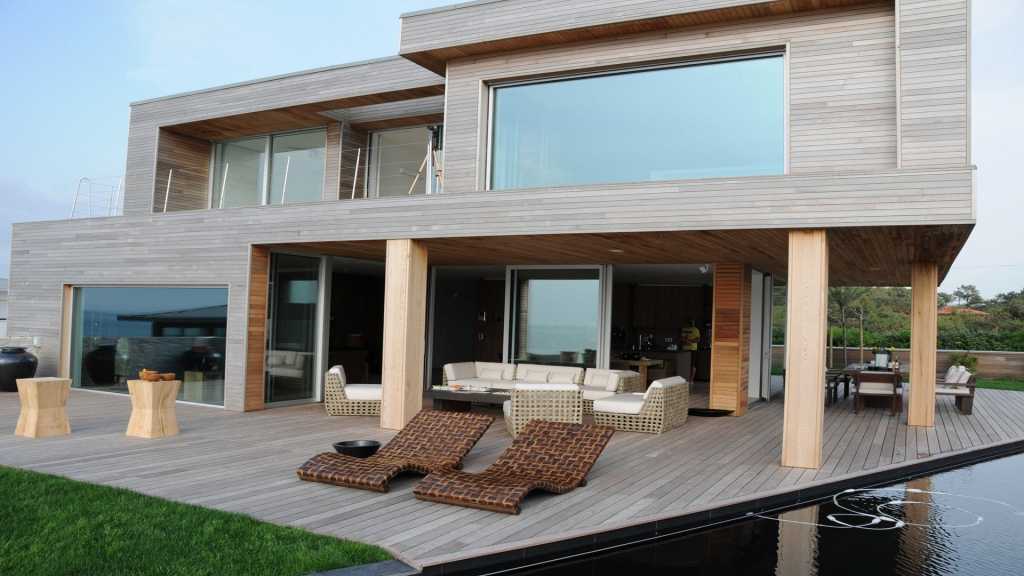
Best for: global teams, post-merger integration, empathy building.
Why it works: Experiencing a place together creates shared references that unify new colleagues and expand perspectives.
Case study snapshot — Certn:
After an acquisition, Certn’s leadership didn’t just “meet in Sydney”—they experienced it: climbing the Harbour Bridge, a beach BBQ at Bondi, time in local neighborhoods. With team members from Australia and North America, the immersion helped everyone see (and share) culture, not just slides. It turned a corporate transition into a human one.
Data-backed tip: Plan one signature city experience plus one slower, reflective block. Immersion in nature or simply getting outside the room can improve flexible problem-solving; even a guided walk can help people think more creatively. PLOS
5. Health and wellness retreats
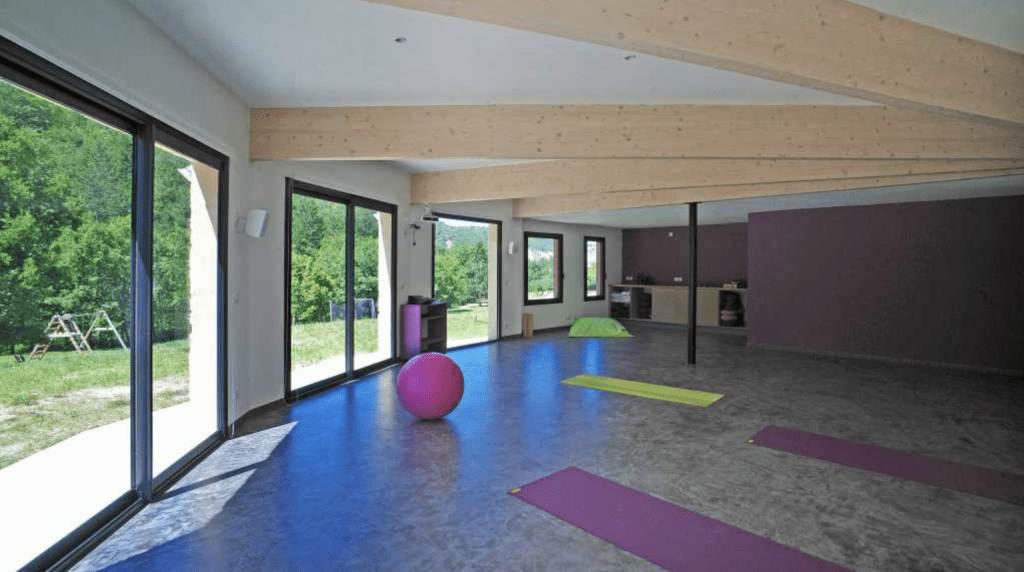
Best for: burnout prevention, clarity, sustained performance and a little downtime.
Why it works: Calm nervous systems = better conversations and cleaner decisions.
Case study snapshot — Unlocked Authority (Built-In Wellness):
Founder Jordan Carroll designs the day so healthy choices are effortless: nutrient-dense meals on time, sauna “Hot Topics” for candid dialogue, cold-plunge “ice-breakers” that turn nerves into laughter. Strategy blocks run cleaner and momentum lasts longer because people feel good.
Case study snapshot — Edge & Node (Wellness & Relaxation):
At Miami’s Carillon Miami Wellness Resort, a gentle cadence—morning movement, focused work, unhurried dinners—shifted the tone. Chief of Staff Caroline Ferreira said simple storytelling over dinner transformed the next day’s meetings: more open, more productive.
Data-backed tip: Bake in movement. Walking offsite meetings reliably boost ideation—and are easy to implement without changing venues. Stanford News
6. One-day corporate offsite solution
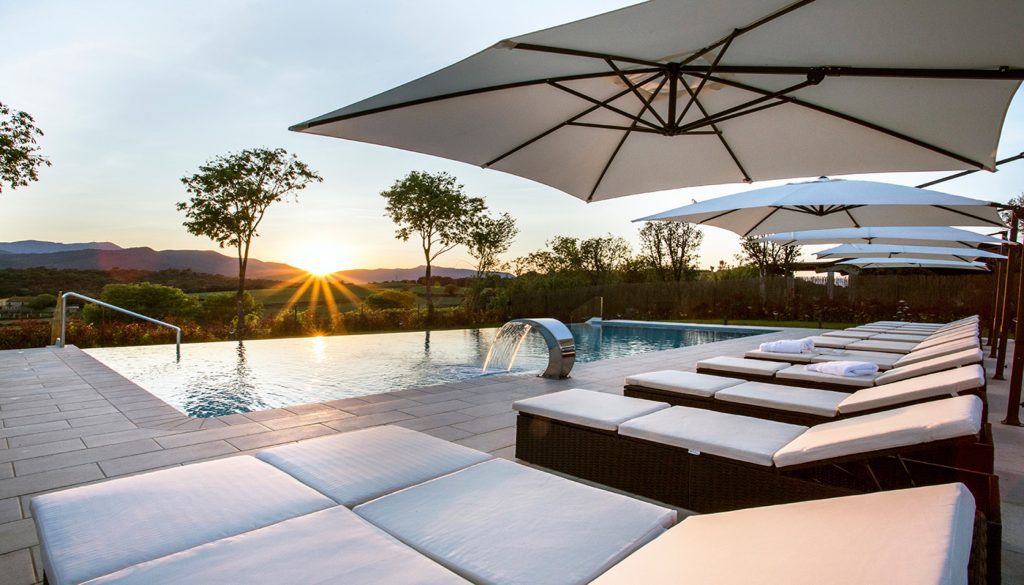
Best for: fast problem-solving, roadmap checkpoints, early-stage teams.
Why it works: Constraints focus attention; a sprint can unlock a stubborn problem or kick off a quarter with crisp alignment.
Case study snapshot — Pacaso (AI Innovation Sprint):
Pacaso ran cross-functional workshops to identify pain points and prototype real AI solutions—contract-review helpers for legal, better support tools for managers, and more. VP of People & Talent Rasika Rajagopalan said the energy was “electric,” and teams left with working prototypes, not just ideas. Pacaso favors venues like the InterContinental San Diego for deep collaboration by day and easy decompression by night.
Data-backed tip: Open with three outcome questions—how you want the team to feel, the blockers in the way, and the one behavior shift you’ll commit to—and close with owners and timelines to extend sprint momentum. Harvard Business Review
7. Enhancing engagement with fun-filled evening programs

Best for: connection, psychological safety, and next-day candor.
Why it works: Shared fun lowers defenses; people show up differently in the morning.
Case study snapshot — awork:
Team Retreats are a cultural pillar. One memory still gets smiles: teammates teaching one another salsa until 4 a.m. It sounds lighthearted, but the effect is serious—next-day conversations are braver and warmer.
Case study snapshot — Spark Advisors:
Staying on one property (Barnsley Resort, Georgia) created serendipity: big communal dinners with live music, then small team-building activities. To keep the thread alive after checkout, Spark built rituals—Slack socials, monthly virtual classes, and random coffee chats—so connection isn’t a once-a-year thing.
Data-backed tip: Don’t over-script nights. HBR notes the most effective offsites design for how people should feel—and that often happens around shared meals more than slides. Harvard Business Review
8. Transformative team experiences with themed retreats
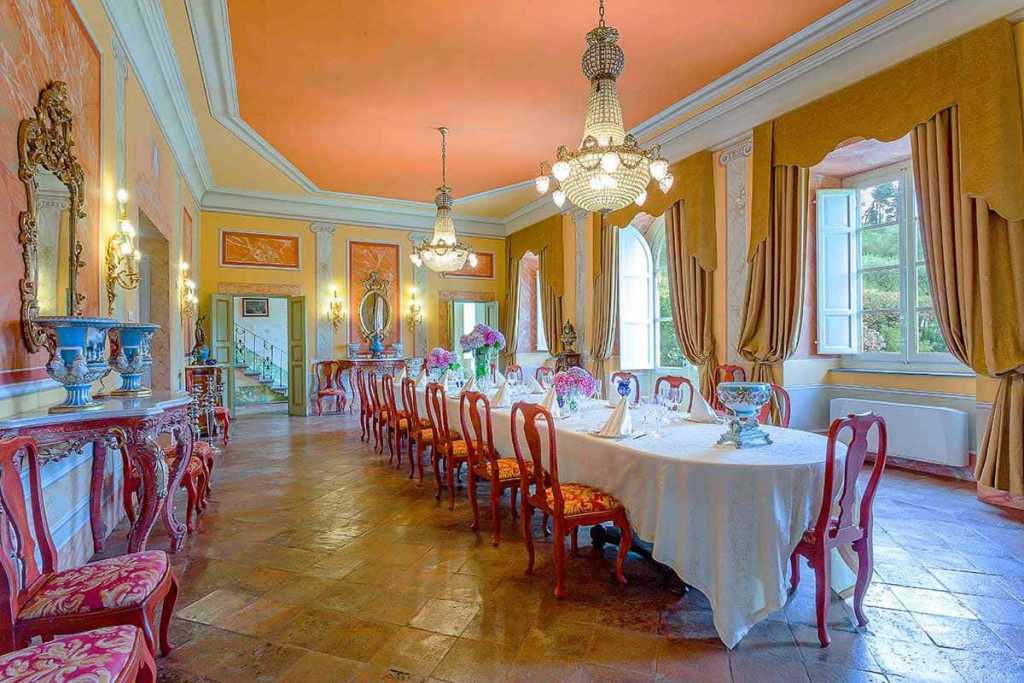
Best for: big strategic shifts (innovation) or steady cadence (future visioning).
Why it works: A clear theme focuses energy and creates a story employees remember.
Case study snapshot — Fonoa (Innovation Lab):
Fonoa’s fully remote team meets twice a year at creativity-friendly venues (e.g., Falkensteiner Hotel & Spa Iadera in Zadar, Croatia). Fast ideation, prototyping, and demo-able pilots in days, not weeks. Executive Assistant Maja M.: “Put people first and have an amazing team to bring it together.” Nature paths for “walk and talks” made ideas bolder.
Case study snapshot — Sensay (Future Visioning in Cycles):
Every 4–6 months, Sensay gathers its dispersed team—Serbia has been one stop—to align on what’s next. Cross-functional sessions surface trade-offs, each group leaves with a one-page from/to, and progress is checked the next quarter. Lower pressure than a once-a-year “big bang,” higher stickiness.
Data-backed tip: Keep the theme tight, and link it to one core behavior to practice on-site and reinforce off-site. When employee engagement climbs, performance metrics follow. Gallup Advise
Setting the Scene for Your Offsite (Plan, Don’t Wing It)
Before you go:
- Define outcomes: What should people feel, know, and do differently after? (HBR’s five-question framing is gold.) Harvard Business Review
- Scope attendees to the goals (strategy vs. department-level work) and survey the entire team.
- Lock offsite agenda, budget and costs, accessibility, and breakout needs early.
- Be sure to follow up with support staff and the venue multiple times.
While you’re there:
- Alternate focus blocks with movement. Even short walks raise idea flow. American Psychological Association
- Protect unstructured time (dinners, strolls, small circles). Face-to-face moments are disproportionately persuasive and trust-building.
After you’re back:
- Share a one-page summary (decisions, owners, timelines).
- Reinforce a few visible from/to shifts for 4–6 weeks.
- Schedule small, recurring rituals (Spark’s model) so connection compounds.
Corporate Offsites That Meet Your Expectations
The best offsite leaves your team energized, aligned, and clear on what happens next. Make sure your venue truly fits—enough space for plenary work and breakouts, plus easy access to nature or downtown walks for cognitive “reset” moments. RetreatsAndVenues.com is the largest global marketplace for company retreats backed by the most comprehensive venue data in the industry—vetted by real teams, not algorithms. We can help you match goals, headcount, dates, and budget with a short list of venues and a sample 2–3 day agenda.
Ready to plan? Share your goals and dates—we’ll send venue options and a tailored agenda starter.
Company offsite FAQs
What are company offsites?
A company offsite is a meeting that takes place away from the usual office or storefront environment. Literally, off the site. These meetings are usually focused on company goals and objectives, with some fun experiences thrown in to help engagement and foster team-building.
What are company offsites?
A company offsite is a meeting that takes place away from the usual office or storefront environment. Literally, off the site. These meetings are usually focused on company goals and objectives, with some fun experiences thrown in to help engagement and foster team-building.
In today’s hybrid and remote work environment, these in-person meetings can improve camaraderie, boost morale, and enhance employee engagement.
Company offsites might include the entire team, or just a segment of your organization. As with any corporate event or get together, planning and identifying your goals will be critical to meet your goals.
What is the goal of a company offsite?
Goals of company offsites include setting targets and goals for the medium and long term, aligning company culture with business objectives, creating a more connected and tight-knit team environment, and problem solving. The exact goal of your team offsite will vary depending on your company’s goals and needs, as well as your corporate culture. The important thing is to clearly identify and articulate your objectives before you begin planning your offsite retreat.
What factors should a leader consider when booking company offsites?
Leadership should start the offsite planning process with a clear idea of the goals and objectives for their offsite meeting.
Logistical factors include the size of the team that will attend and the budget available for the event, as well as work materials you’ll need—like whiteboards, markers, and paper.
What are some company offsite best practices?
The best practice for any corporate getaway starts with a clearly defined set of goals and expectations for the event. After that, you’ll need a detailed offsite agenda, with careful attention to how each day aligns with your objectives.
It’s also important to introduce downtime so that staff has time to unwind as well as executive time where leaders can read emails or check in with the office.
What’s another word for offsite?
The offsite industry has a range of closely related terms. Largely, offsites are a type of work retreat where staff can connect and participate in focused, in-person work that’s collaborative.
Offsite venues range from corporate venues to exotic retreats, and everything in between.
What’s the difference between a retreat and an offsite?
Many retreat ideas work for company offsites too. The main difference between these two concepts is the mix between work and rest or reward. For example, startup retreats are usually a mix of fun and excitement designed to help invigorate and spark new ideas for the staff. They happen offsite but are more aptly defined as a retreat because they usually have a big element of fun and reward.
